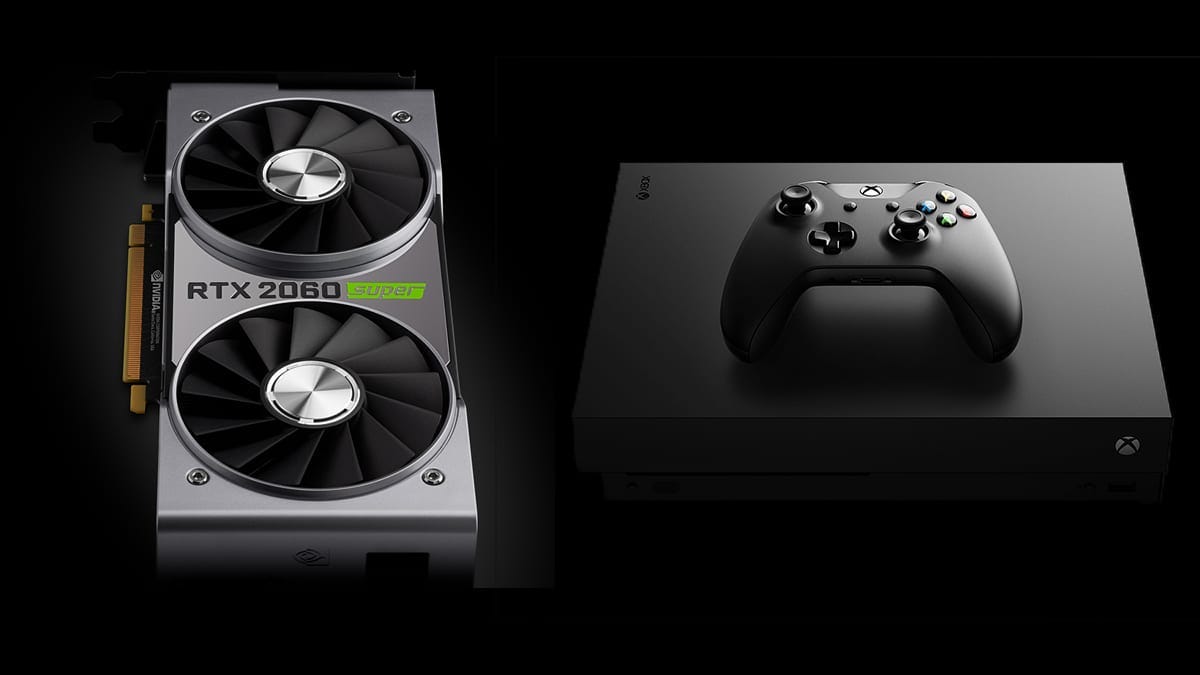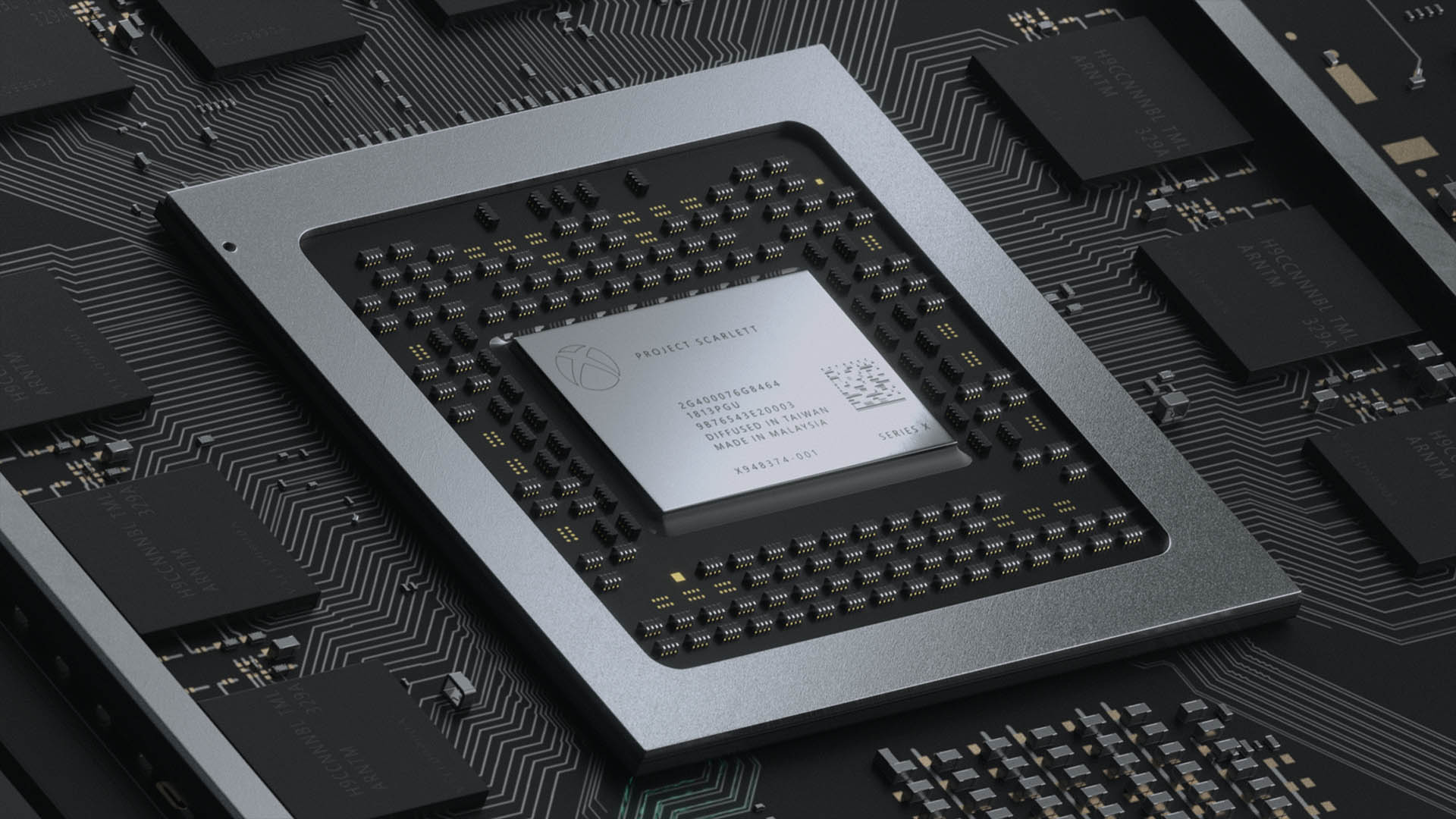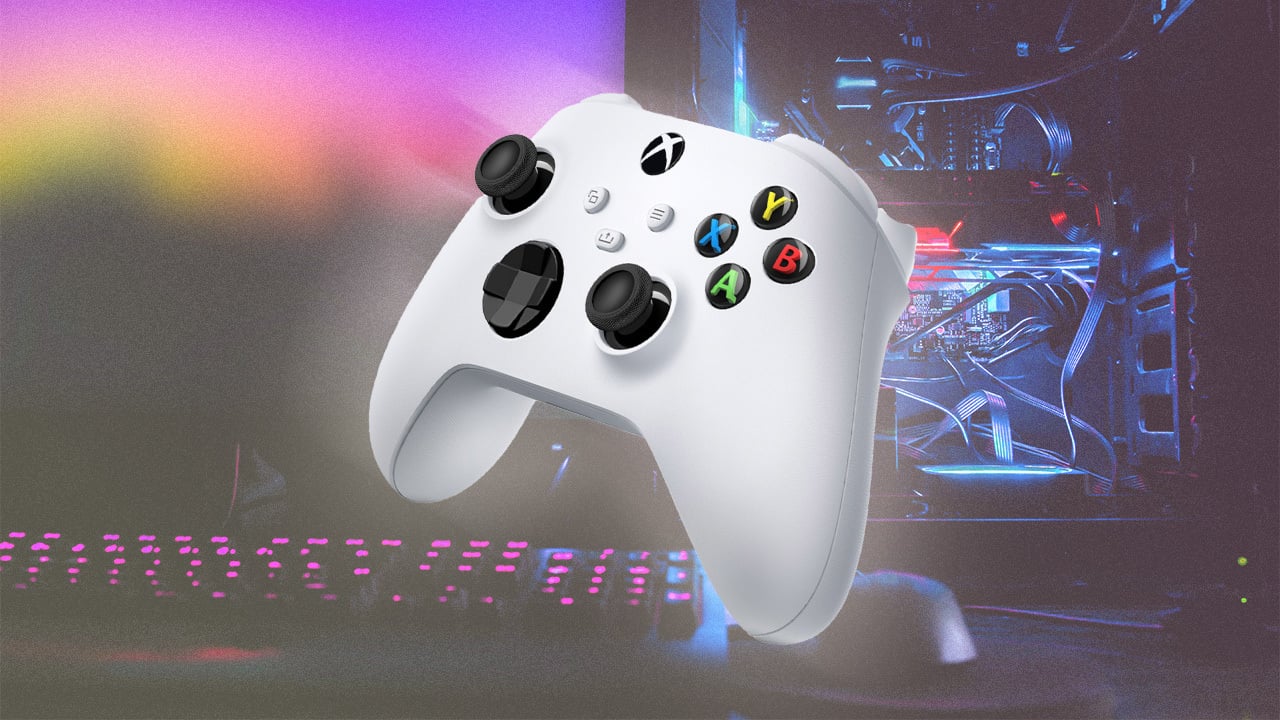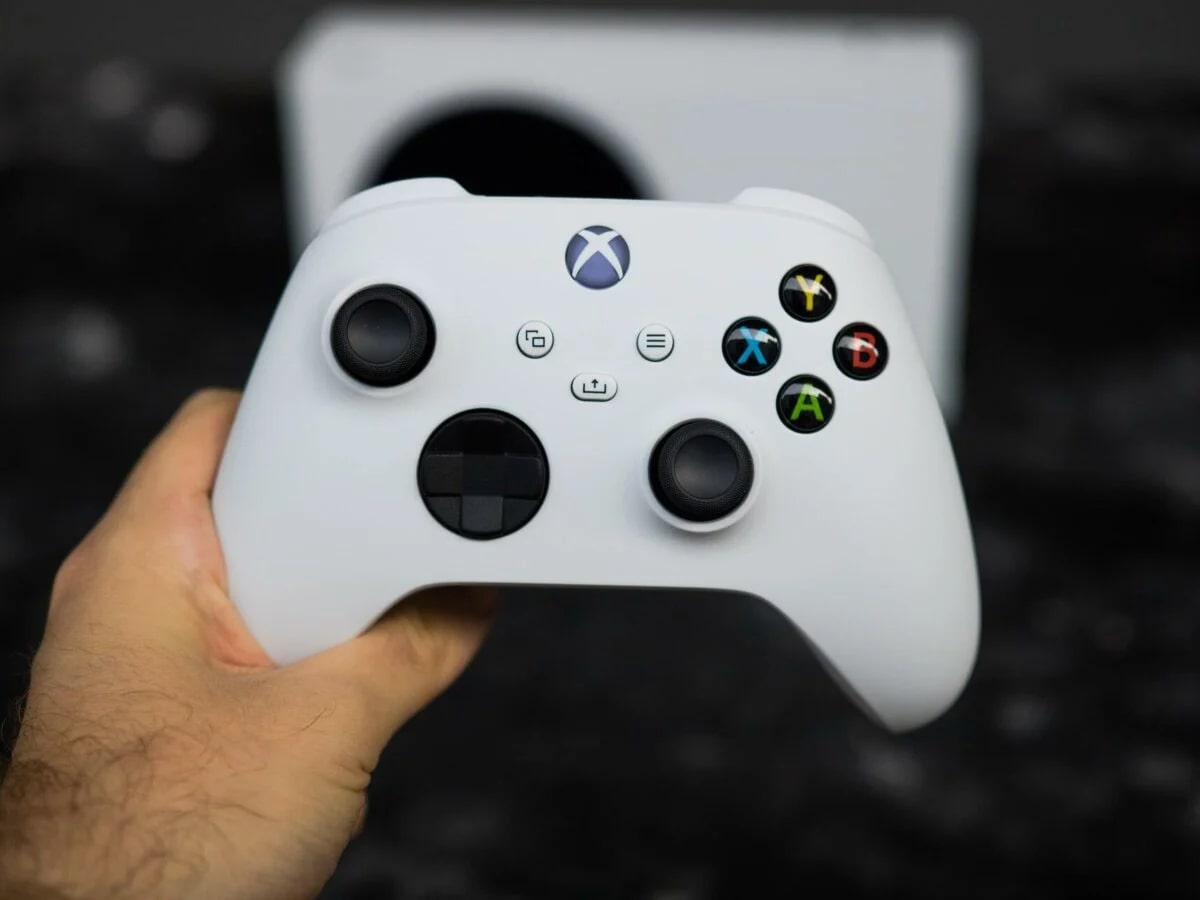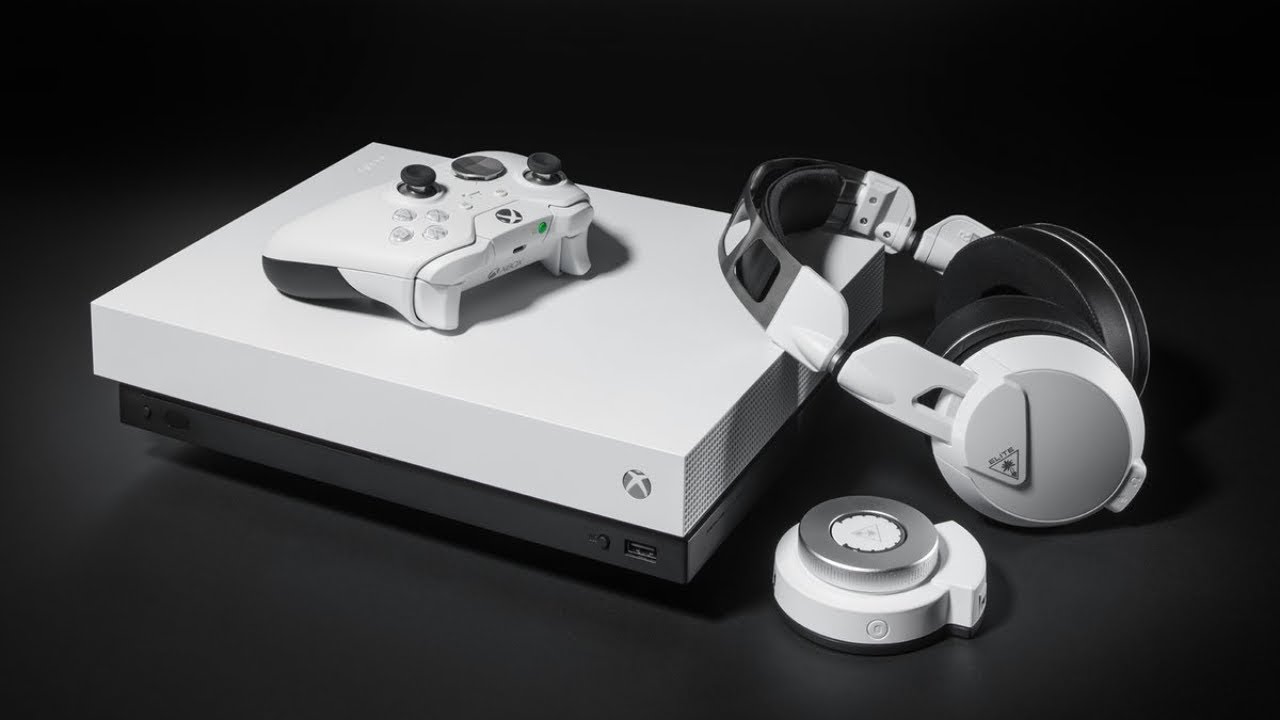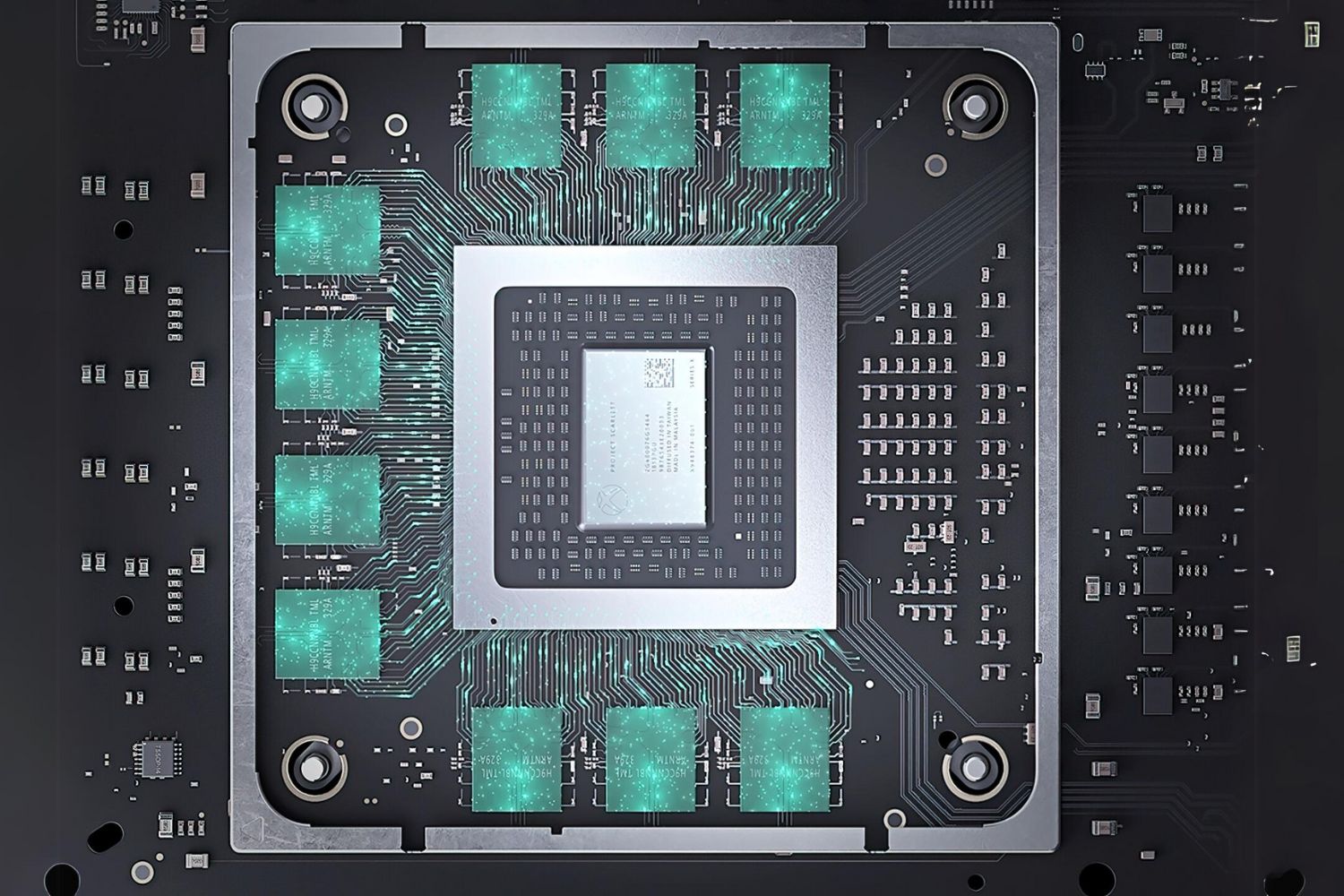Introduction
The Xbox One is a highly popular gaming console known for its impressive graphics and immersive gaming experience. Behind its power and visual prowess lies a crucial component called the Graphics Processing Unit (GPU). In this article, we will dive into the realm of the Xbox One’s GPU, exploring its specifications, architecture, performance, and compatibility.
Understanding the role of the GPU is crucial to comprehend the stunning visuals that the Xbox One delivers. The GPU is responsible for rendering images, textures, and animations, breathing life into the games we love to play. It plays a significant role in determining the overall visual quality and frame rates of games.
In the following sections, we will explore the details of the Xbox One’s GPU, shedding light on its technical aspects and its impact on gaming performance. Whether you’re an avid gamer, a tech enthusiast, or simply curious about the inner workings of gaming consoles, this article will provide you with valuable insights.
Overview of Xbox One
The Xbox One, developed by Microsoft, is a gaming console that revolutionized the way we experience gaming. Launched in 2013, it quickly gained popularity and has become a staple in the gaming industry.
The console boasts an impressive array of features that go beyond gaming. It serves as an all-in-one entertainment hub, allowing users to not only play games but also stream movies, browse the internet, and access various multimedia applications.
With its sleek design and user-friendly interface, the Xbox One has captivated millions of gamers worldwide. It offers a wide range of gaming titles, from action-packed adventures to immersive RPGs, catering to gamers of all tastes and preferences.
One of the defining features of the Xbox One is its integration with Microsoft’s cloud-based gaming service, Xbox Live. This service enables players to connect with friends, join multiplayer games, and access a library of digital content.
The Xbox One also supports backward compatibility, allowing users to play selected Xbox 360 games on the newer console. This feature has been well-received by gamers who wished to revisit their favorite titles from the previous generation.
In terms of hardware, the Xbox One features a powerful quad-core processor, ample RAM, and a high-capacity hard drive for storage. However, it is the Graphics Processing Unit (GPU) that truly shines and delivers the stunning visuals that gamers crave.
Now that we have a general understanding of the Xbox One, let’s delve deeper into its GPU to unlock the technical wizardry behind its visual capabilities.
GPU Specifications
The Xbox One houses a custom-designed GPU that is specifically optimized for gaming performance. It was developed in collaboration with AMD, a renowned name in the semiconductor industry.
The GPU of the Xbox One boasts an impressive set of specifications that contribute to its exceptional visual capabilities. It features 12 compute units running at a clock speed of 853 MHz, delivering a peak performance of 1.31 teraflops. This immense computing power allows for high-resolution graphics and smooth frame rates, enhancing the overall gaming experience.
In addition to its raw processing power, the Xbox One’s GPU also utilizes advanced technologies such as DirectX 11 and Unified Shader Architecture. These features enhance rendering efficiency and enable developers to create visually stunning games with complex lighting effects, realistic textures, and detailed character models.
Furthermore, the GPU supports an array of graphics features, including hardware tessellation, anisotropic filtering, and anti-aliasing. These features contribute to sharper images, reduced jagged edges, and improved overall image quality, resulting in a more immersive and visually appealing gaming experience.
To ensure seamless integration with other components and maintain optimal performance, the GPU of the Xbox One is tightly integrated with the console’s CPU and memory. This close integration allows for efficient data transfer and eliminates potential bottlenecks, ensuring smooth gameplay and reducing latency.
It is worth noting that the Xbox One’s GPU is designed for gaming and multimedia applications specifically. While it may not match the raw power of high-end gaming PCs, it provides a balanced performance that delivers outstanding visuals while maintaining affordability.
With its impressive specifications and intelligent design, the GPU of the Xbox One sets the stage for breathtaking gaming experiences and pushes the boundaries of console gaming.
Architecture
The architecture of the GPU in the Xbox One is built upon AMD’s Graphics Core Next (GCN) technology. This architecture brings forth several key advancements that enhance gaming performance and visual fidelity.
One of the prominent features of the GCN architecture is its ability to efficiently handle parallel processing tasks. This is achieved through the use of multiple compute units that work in unison, allowing for faster and more efficient rendering of graphics. The Xbox One’s GPU consists of 12 compute units, each of which is capable of executing multiple tasks simultaneously.
Additionally, the GCN architecture introduces a unified memory architecture, which enables both the CPU and GPU to access the same pool of memory. This close integration reduces memory bottlenecks and improves data transfer rates, resulting in faster rendering and reduced latency.
The Xbox One’s GPU also incorporates a technique called asynchronous compute. This allows the GPU to handle compute tasks separately from graphics tasks, improving overall performance and allowing for more complex and realistic visuals.
To support advanced rendering techniques, the GPU utilizes hardware-level support for shaders. Shaders are small programs that control the visual effects in games, such as lighting, shadows, and particle effects. With dedicated shader units, the Xbox One’s GPU can process these effects efficiently, resulting in stunning and lifelike visuals.
Another notable feature of the GPU architecture is its support for advanced graphics APIs, such as DirectX 11. This industry-standard API provides developers with a powerful toolset for creating visually stunning games. It allows for advanced effects like tessellation, which adds detail to 3D models, and compute shaders, which enable complex calculations on the GPU.
Overall, the architecture of the Xbox One’s GPU showcases a careful balance between performance and efficiency. Its innovative design and incorporation of cutting-edge technologies enable developers to create visually impressive games while ensuring smooth gameplay experiences for gamers.
Performance
The performance of the GPU in the Xbox One is a key factor in delivering the stunning visuals and immersive gaming experiences that the console is known for.
With a peak performance of 1.31 teraflops, the Xbox One’s GPU is capable of rendering high-resolution graphics and achieving smooth frame rates in a wide range of games. This ensures that gamers can enjoy games with crisp visuals, rich textures, and realistic lighting effects.
Thanks to its advanced architecture and optimizations, the GPU can handle complex rendering tasks with ease. Whether it’s rendering vast open-world environments, simulating realistic physics, or generating lifelike character animations, the Xbox One’s GPU performs admirably, providing an engaging and visually stunning gaming experience.
Furthermore, the GPU’s support for advanced graphics features such as hardware tessellation, anisotropic filtering, and anti-aliasing contribute to improved image quality. These features enhance the level of detail, reduce jagged edges, and eliminate visual artifacts, resulting in smoother and more realistic visuals.
Additionally, the Xbox One’s GPU is designed to work in synergy with the console’s CPU and memory, ensuring seamless performance across all components. The tight integration between these components enables efficient data transfer and minimizes latency, which translates into smooth gameplay and responsive controls.
It’s important to note that while the Xbox One’s GPU may not match the raw power of high-end gaming PCs, it is optimized for console gaming and provides a balanced performance that meets the demands of modern game titles. Game developers have worked closely with the hardware to squeeze every ounce of performance, ensuring that games run smoothly and look visually stunning on the Xbox One.
Overall, the performance of the Xbox One’s GPU is highly commendable, delivering impressive graphics and smooth gameplay that captivates gamers and elevates their gaming experience to new heights.
Compatibility
Compatibility is a crucial aspect of any gaming console, and the Xbox One excels in this regard. The GPU of the Xbox One ensures compatibility with a wide range of games, both new and old.
One notable feature of the Xbox One is its backward compatibility, which allows players to enjoy a selection of Xbox 360 games on the newer console. This compatibility feature has been highly praised by gamers, as it allows them to revisit their favorite titles from the previous generation without the need for additional hardware.
The GPU’s architecture and optimizations play a key role in ensuring this compatibility. Retroactive enhancements and updates are applied to these Xbox 360 titles, allowing them to run seamlessly and even benefit from improved performance on the Xbox One’s hardware.
In addition to backward compatibility, the Xbox One also supports a wide range of current and future game titles. Developers have access to the necessary tools and APIs to ensure their games run smoothly on the console, taking full advantage of the GPU’s capabilities.
The GPU of the Xbox One is highly compatible with various graphics APIs, such as DirectX 11, which is widely used in the gaming industry. This compatibility ensures that game developers can easily optimize their titles for the console, resulting in visually stunning and smoothly running games.
Furthermore, the Xbox One’s GPU is designed to handle different types of games and genres, whether it’s action-packed shooters, immersive RPGs, or visually intensive racing games. Its powerful processing capabilities and advanced graphics features make it a versatile GPU that can handle a wide range of game types and deliver an exceptional gaming experience.
Moreover, the integration of cloud-based gaming service Xbox Live further enhances compatibility. With Xbox Live, players can connect with friends, participate in multiplayer matches, and access a growing library of digital games, expanding the compatibility and gaming possibilities on the Xbox One.
Overall, the compatibility of the Xbox One’s GPU ensures that gamers have access to a vast library of games, both from the current generation and previous generations, providing them with a diverse and immersive gaming experience.
Conclusion
The GPU of the Xbox One is a powerful component that plays a crucial role in delivering impressive visuals and immersive gaming experiences. Through its impressive specifications, advanced architecture, and exceptional performance, the Xbox One’s GPU creates stunning graphics, smooth frame rates, and realistic visual effects.
With a peak performance of 1.31 teraflops and a host of advanced graphics features, the Xbox One’s GPU brings games to life with its ability to render high-resolution graphics and handle complex rendering tasks. The integration of technologies such as DirectX 11, asynchronous compute, and unified shader architecture further enhance the GPU’s capabilities, allowing for more realistic and visually stunning games.
In terms of compatibility, the Xbox One’s GPU is optimized for a wide range of game types and genres, ensuring compatibility with both current and previous generation games. Its backward compatibility feature allows players to enjoy Xbox 360 titles on the newer console, further expanding their gaming options.
Furthermore, the close integration of the GPU with the Xbox One’s CPU and memory ensures optimal performance and seamless gameplay. The tight collaboration between hardware components minimizes latency, provides efficient data transfer, and enhances overall gaming performance.
The Xbox One’s GPU may not match the raw power of high-end gaming PCs, but it strikes a balance between performance and affordability, delivering exceptional visuals at an accessible price point. Game developers have harnessed the power of the Xbox One’s GPU to create visually impressive games that captivate players and immerse them in a vivid gaming world.
In conclusion, the GPU of the Xbox One is a formidable force in the gaming industry. Its impressive specifications, advanced architecture, exceptional performance, and compatibility make it a key component that contributes to the amazing gaming experiences provided by the Xbox One.







